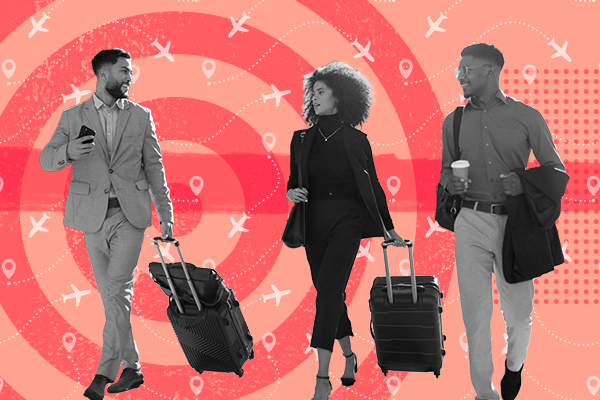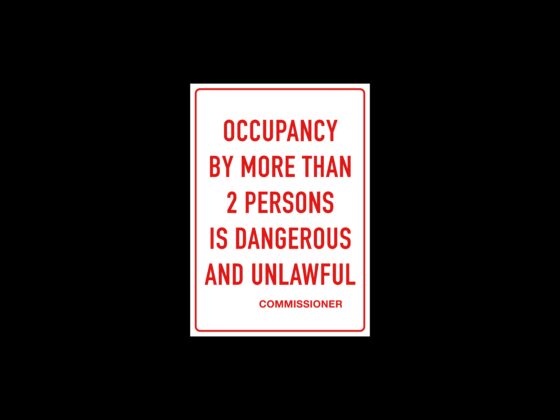The business travel industry has shown resilience as it seems to move past the pandemic and into a post-pandemic stabilization phase. By the end of this year, global business travel spending is projected to climb to $1.48 trillion, up from 2019 spending, which set a record at $1.43 trillion, according to a recent global report and forecast by the Global Business Travel Association (GBTA).
By 2028, global business travel spending is expected to surpass $2 trillion, driven by economic stability. This indicates a strong path head for the business travel sector, in terms of spending.
Business travel around the world is likely to jump 11.1% this year, following important years in 2022 and 2023 of 30% to 47% YOY growth. Growth will be gradually moderate, with an annual compound growth rate of 6.95% from 2025 and 2028.
Global business travel spending in 2023 touched $1.34 trillion. This includes $501 billion for lodging, $282 billion for air travel, $245 billion for food and beverage, $165 billion for ground transportation and $142 billion for other travel expenses, the study revealed.
However, despite the impressive recovery, when adjusted for inflation, spending levels are likely to remain behind pre-pandemic highs in the next few years, which means that business travel volumes will lag pre-pandemic levels as well.

“With projected spending expected to continue to increase through 2028, the future of business travel looks promising. However, we must remain vigilant and adaptive to potential headwinds in this period of stabilization, as factors such as changing economic conditions, technological advancements and sustainability developments will also shape the sector ahead,” said Suzanne Neufang, CEO of GBTA.
Many leading global business travel markets have returned to or are close to their pre-pandemic levels, which reinforces the momentum of the recovery and increase of spending, the study found. However, the outlook for economic and business travel growth is projected to be balanced between potential upside factors and downside risks.
In 2023, the business travel industry recovered nearly $675 billion of the $770 billion lost in 2020, managing to achieve 93% of the pre-pandemic peak of $1.43 trillion, as per an analysis by GBTA BTI. The sector witnessed considerable resurgence in 2023, with spending up 30% compared to 2022, to reach $1.3 trillion.
Recovery of business travel was not the same across all regions. Asia Pacific was the fastest-growing region in 2023 (36%), followed by Eastern Europe (33%) and North America (25%). Last year, the rebound in recovery was led by the U.S., Middle East and Africa and Latin America, all of which achieved 100% or more than 2019 expenditure levels. This year, China and the U.S. are anticipated to lead as the top two markets for overall business travel spending.
Business travel spending also varied across industries. The financial and insurance activities sector are anticipated to see the greatest expansion (72%) through 2028. On the other hand, retail trade (41%) and agriculture, forestry and fishing (32%) sectors will see the least growth during this period.
Although the study predicted an optimistic outlook overall, it identified some factors which could affect business travel’s long-term forecast. Continuous inflation, China’s slower recovery, geopolitical tensions, industry workforce challenges and natural disasters can change the outlook. Increased focus on corporate sustainability also has the potential to impact the sector.
Business travelers around the world estimated their own spending, on average, amounts to $834 per person, based on their last business trip. Of this, accommodation accounts for $312 and food and beverage is $153. Air travel averages $176 while ground transportation ($103) and other expenses ($89) round out the total.
Most of the participants (81%) reported that their most recent business trip was very (46%) or moderately (35%) significant in achieving their business objectives. Asked about their most recent business trip, the most common purpose of travel among all business travelers was to attend seminars or training, followed by conventions or conferences.
Compared to 2019, 76% of business travelers said they traveled the same or more for business travel. Those traveling more (28%) outpaced those who travel less (20%) over the same period. Although overall business travel has surged, both international and group travel remain, on average, lower than 2019 levels. While 40% of the trips taken consisted of three-to-five-night stays, two-night stays account for one-third (32%). Additionally, 58% said they extended their work trips for leisure or vacation about the same (41%) or more frequently (17%) than earlier.








